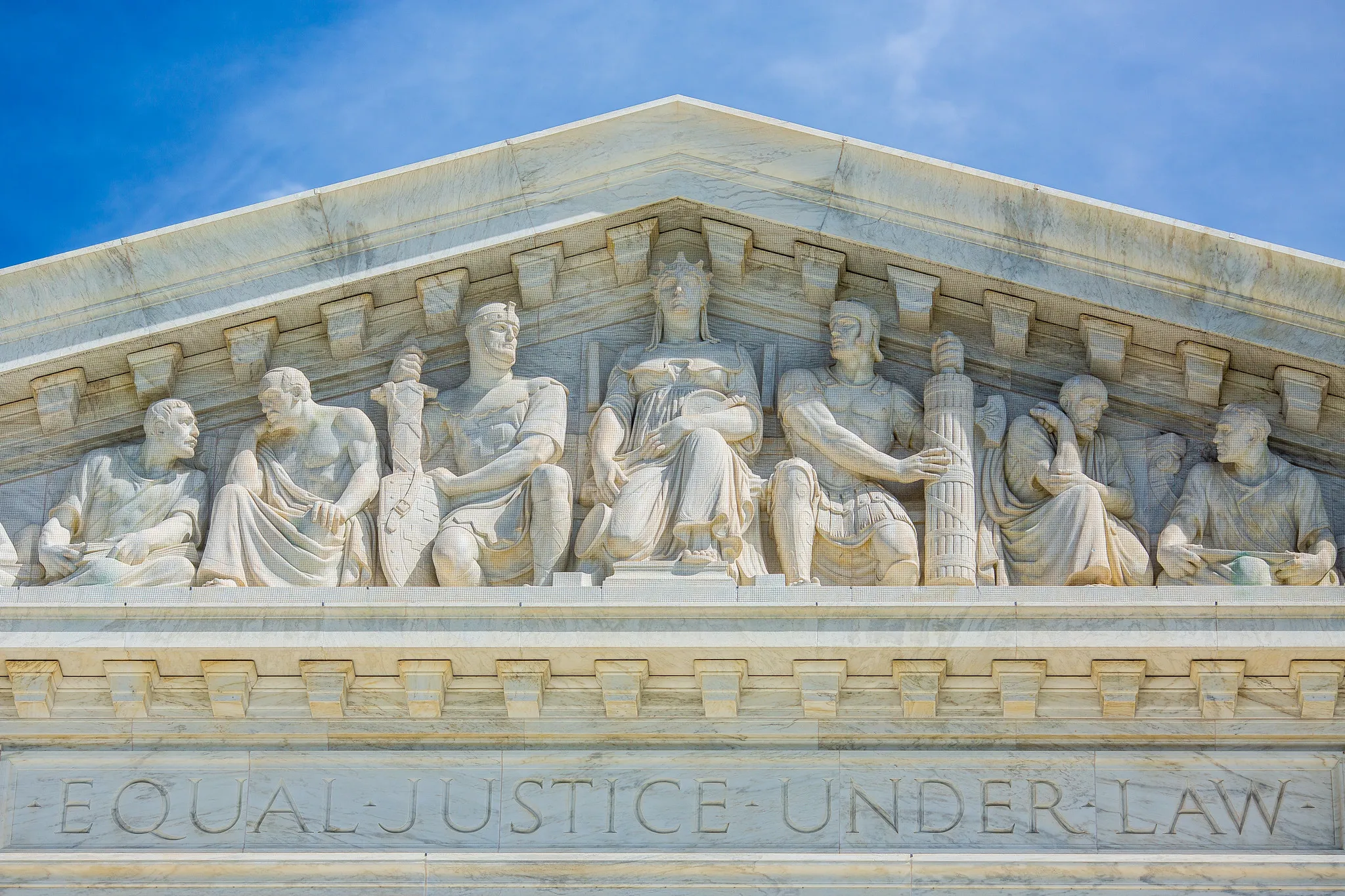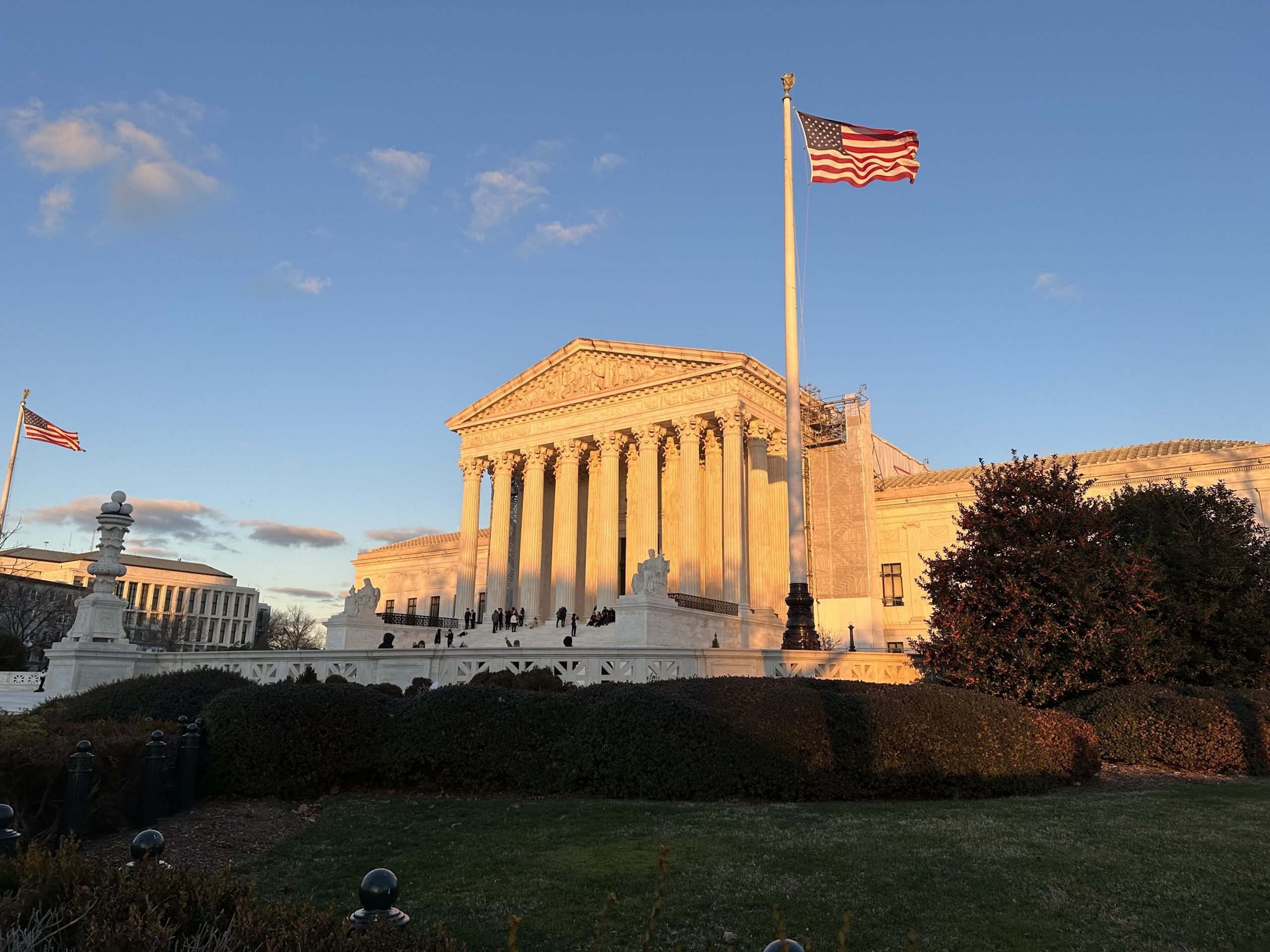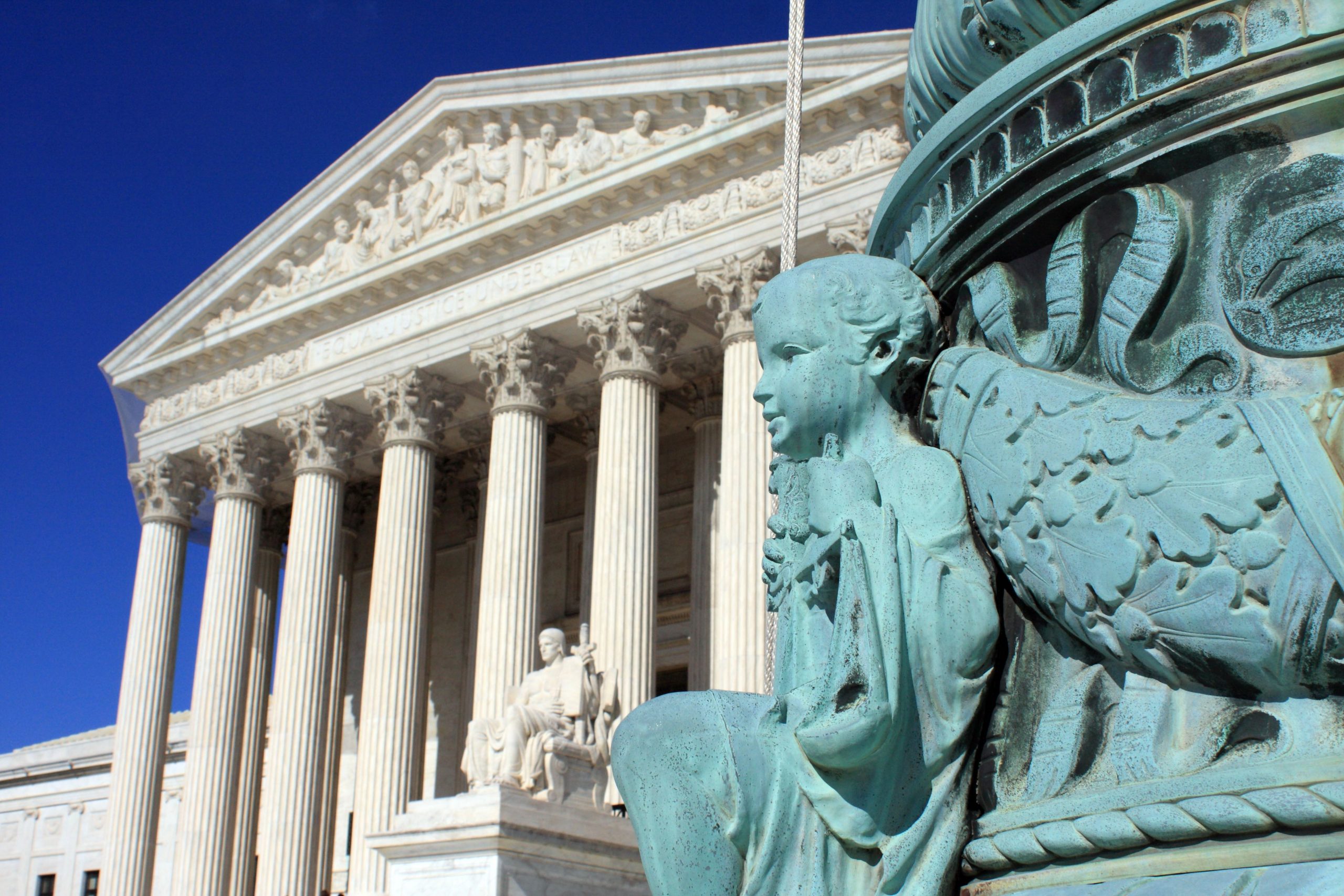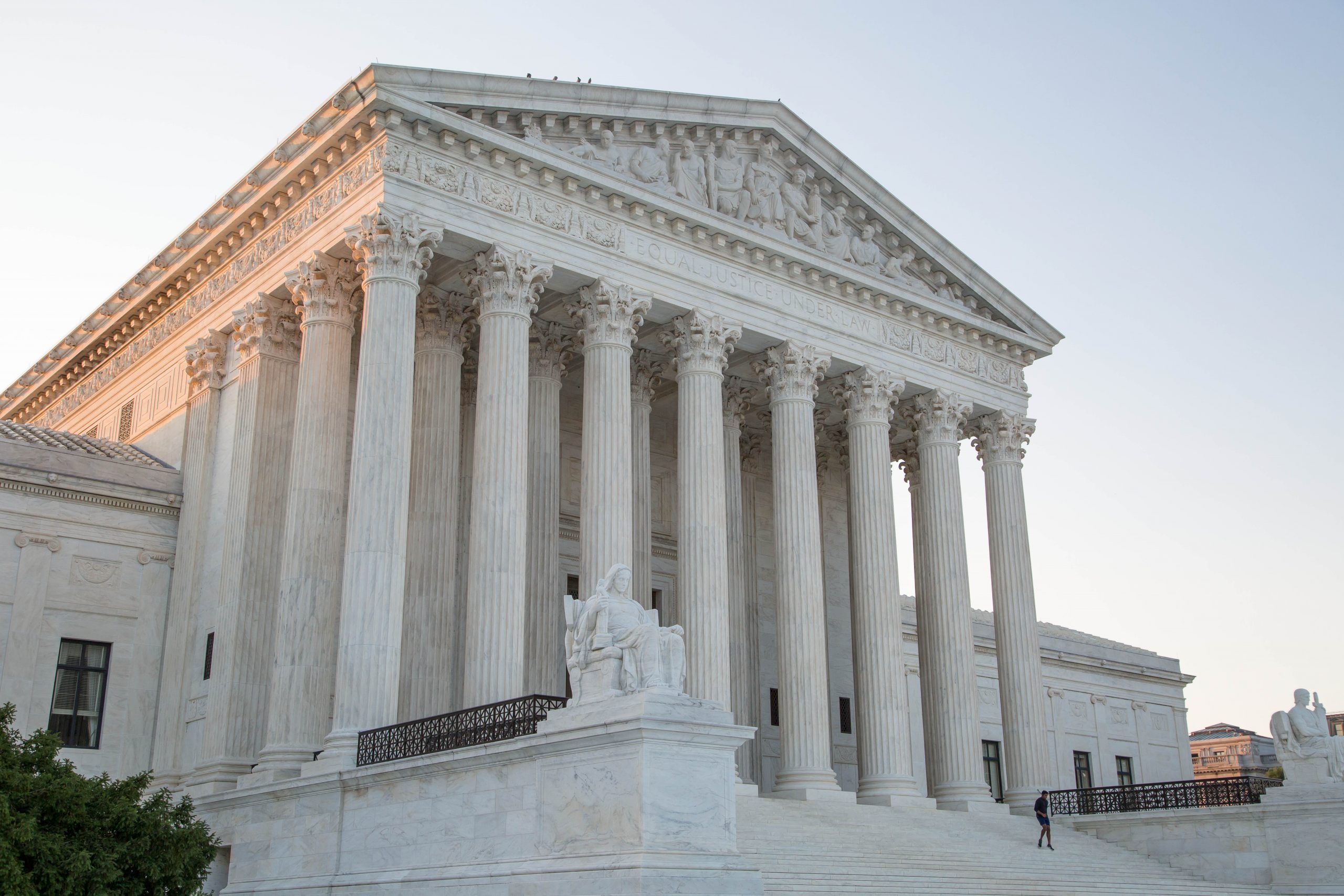OPINION ANALYSIS
on Jun 7, 2024
at 8:29 am
The justices ruled in Truck Insurance Exchange v. Kaiser Gypsum Co. on Thursday. (Thomas Hawk via Flickr)
Another in the line of remarkably trivial disputes the justices have chosen to resolve under the Bankrupty Code, Truck Insurance Exchange v. Kaiser Gypsum Co. solved a technical question about when an entity is a “party in interest” under the statute, which gives it a right to “be heard on any issue” in a Chapter 11 proceeding.
The case presents a dispute between a failed asbestos company and its principal insurer. The debtor will leave the bankruptcy proceeding with no obligation to pay asbestos claims that arise in the future; the insurer will pay the bulk of those claims. They disagree about whether the plan should include “anti-fraud” provisions that would make it harder for claimants to make duplicative claims against multiple asbestos companies.
The Bankruptcy Code includes a provision (Section 1109) stating that any “party in interest” “may raise and may appear and be heard on any issue in a case under [Chapter 11 of the Bankruptcy Code].” Although the statute does not include a comprehensive definition, it does indicate that the term “includ[es] the debtor, the trustee, a creditors’ committee, an equity security holders’ committee, a creditor, an equity security holder, or any indenture trustee.” Notwithstanding that provision, the lower courts held that the insurance company could not complain about the terms of the plan because it was not injured by the plan.
Justice Sonia Sotomayor rejected that position out of hand on Thursday, reasoning that the “text, context, and history [of the statute] confirm that an insurer … with financial responsibility for a bankruptcy claim is a ‘party in interest’ because it may be directly and adversely affected by the reorganization plan.” She characterized the statute as “capacious” and pointed to “[a] common thread uniting the seven listed parties … that each may be directly affected by a reorganization plan either because they have a financial interest in the estate’s assets … or because they represent parties that do.” For Sotomayor, the “plain meaning” of the phrase describes “entities that are potentially concerned with or affected by a proceeding.”
“[H]istorical context and purpose,” Sotomayor wrote, show Congress moving “consistently … to promote greater participation in reorganization proceedings,” progressing from relatively narrow participation permitted under the old Bankruptcy Act of 1898, to broadening in the Chandler Act of 1938, and then a complete rewriting of the statute in the new Bankruptcy Code of 1978, which reflected “an effort to encourage and promote greater participation in reorganization cases.” Sotomayor pointedly emphasized the importance of “[b]road participation” to “a fair and equitable reorganization process,” noting that “[d]rafters and early commentators hoped that an expansive definition … would allow a broad range of individual and minority interests to intervene [lest] dominant interests … control the restructuring process.”
Against that backdrop, Sotomayor’s assessment of the insurance company’s interest was straightforward, as it was evident that “reorganization proceedings can affect an insurer’s interests in myriad ways,” including “impair[ment of] an insurer’s contractual right[s]” or “abrogat[ion of] an insurer’s right to contribution.” Even worse, she suggested, “a plan may be collusive … and impair the insurer’s financial interests by inviting fraudulent claims.” Sotomayor reasoned that the “opportunity to be heard” to complain about the collusion “is consistent with [the statute]’s purpose.” Repeating the charges made in the insurer’s brief, she stated that “neither the Debtors nor the Claimants have an incentive to limit the postconfirmation cost of defending or paying claims. For the Debtors, the Plan eliminates all of their ongoing liability. The Claimants similarly have little incentive to propose barriers to their ability to recovery from [the insurer].” Thus, she concluded, the insurer “may well be the only entity with an incentive to identify problems with the Plan.”
Sotomayor ridiculed the lower courts’ willingness to embrace an “insurance neutrality” doctrine that denies status as a party in interest to any insurer whose pre-bankruptcy contractual rights are unimpaired. For Sotomayor, that “doctrine is conceptually wrong and makes little practical sense,” largely because it “conflates the merits of an objection with the threshold party in interest inquiry. In Sotomayor’s terms, the basic problem is that the party-in-interest standard “asks whether the … proceedings might affect a prospective party, not how a particular reorganization plan actually affects that party.” Because the insurance neutrality doctrine “zooms in on the insurer’s prepetition obligations …[, it] wrongly ignores all the other ways in which bankruptcy proceedings … can alter and impose obligations on insurers.”
Sotomayor closed by rejecting the debtor’s concern that a broad reading of “party in interest” might allow “peripheral parties to derail a reorganization,” a problem that occupied a considerable portion of the oral argument. Noting that the statute “provides … only an opportunity to be heard — not a vote or veto in the proceedings,” she rejected that concern as little more than a “parade of horribles” insufficient to “surmount the plain language of the statute.” Acknowledging the possibility of “difficult cases that require courts to evaluate … truly peripheral parties,” she concluded that “[t]his case is not one of them.”
Like so many of the court’s bankruptcy decisions, this case will be little noted nor long remembered outside the insular context of the lower courts applying the remarkably atextual “insurance neutrality doctrine.” Because it says nothing about whether courts should, or even can, include the provisions the insurer requests, the opinion is most unlikely to have any enduring practical significance. We can only wait for the decision later this month in Harrington v. Purdue Pharma, which gives the justices a chance to decide something truly important about the operation of the Bankruptcy Code.




